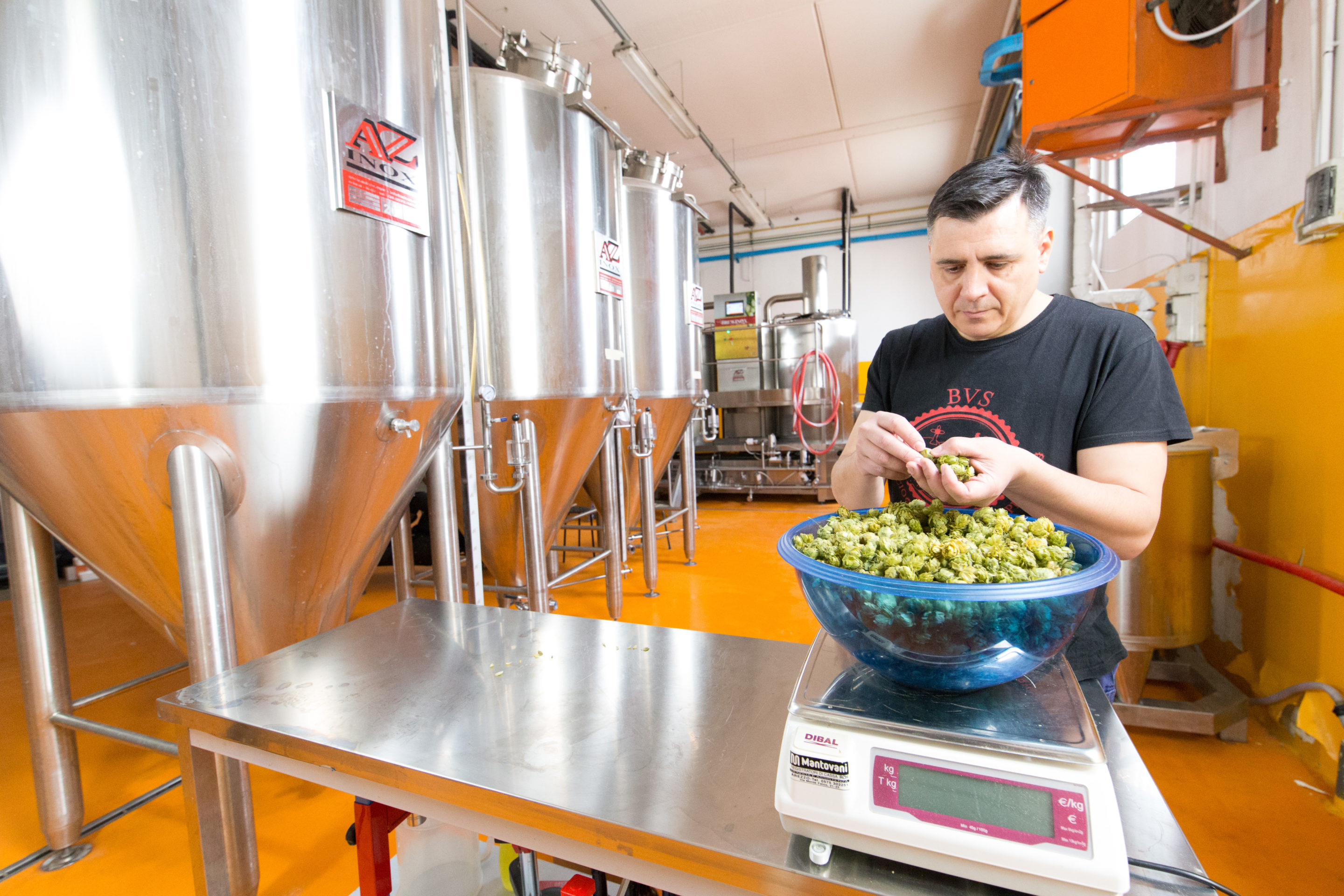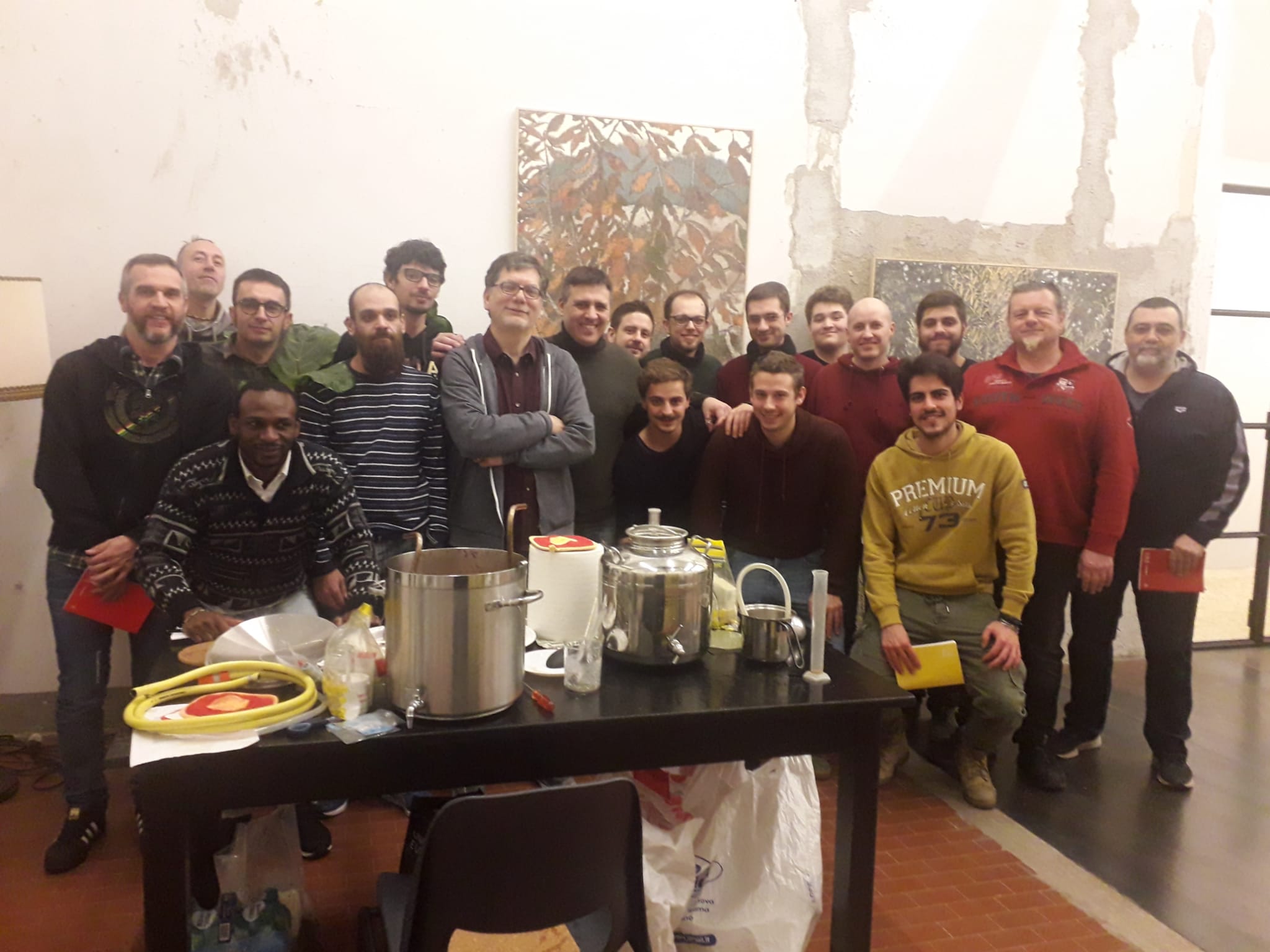Homemade Beer: ingredients and brewing process
In the first two Home Edition articles by Birrificio Valdarno Superiore’s master brewer Antonio Massa, we learned about the raw materials needed for making beer. Today we will discuss homemade beer, also known as Home Brewing.
History and timeline of homemade beer production
The production of homemade beer exploded in the United States during the 1980s, where associations and clubs dedicated to this passion cropped up all over the country. Competitions and meetings were organised, and information dedicated to rediscovering long-forgotten beer styles which had been abandoned because of the industrial beer market was published and distributed.
In Italy the year 1995 the law DL n.504 was passed, authorizing domestic beer production. Article 43, comma 3 of said law declares: ‘Beer produced by a private individual and consumed by the same producer, his family and guests is exempt from excise duty, provided that it is not the subject of any sales activity’.
So it is no coincidence that from 1996 to the early 2000s microbreweries sprung up all over the country, where, like in the USA, competitions, clubs and associations for home-brewers came into being.

How does one make beer at home?
The first thing professional or amateur beer makers need to create is beer wort. There are two ways of doing so, the simpler of which is to simply buy concentrated malt extract. Otherwise one can use All Grain (malt granules) to create a homemade extract from scratch.
Concentrated malt extract is recommended for novices.
In this case, the beer’s flavour, which depends on how the malt concentrate is made and extracted, is created by the malt concentrate producer. Despite this limitation, using malt concentrate will allow the novice home-brewer to focus on learning about fermentation and bottling techniques.
Before moving on to the next step, we must transform the malt extract into wort that is ready to be inoculated with yeast (this takes about 2 hours).
All Grain extract
Successful use of All Grain extract requires a certain degree of technical proficiency: the brewer must be familiar with different types of malt, beer types and styles. The brewer must also know how to write a beer recipe with which to create malt extract.
These are the steps that must be followed in order to turn All Grain malt extract into wort:
1- Grinding of malts/grains,
2- Cooking the ground grains in water (‘mashing’)
3- ‘Sparging’: the separation of the malt fibers after they have been cooked, and the first extraction of wort, called ‘sweet wort’;
4- Boiling of the sweet wort and hopping;
5- Cooling of the ‘green wort’ (the name for sweet wort after it has been inoculated with hops.
For the completion of each of these phases 5-6 hours will be required, in addition to proper equipment.
At the end of phase 5, we will have obtained beer wort, which, as mentioned above, can be made from scratch by the home-brewer.

Courses in home brewery
There are many websites and books that discuss home brewing techniques. Today we are fortunate that there are many suppliers who sell the equipment and raw materials necessary for making homemade beer. In Italy, there are many associations that organize beginner-level and advanced courses to learn more about home production.
Among these, MO.BI., il Movimento Birraio Italiano, stands out. MO.BI. is an association of passionate home producers and was a guest at Manifattura Tabacchi in December 2019 during the Giornata di Cotta where it held a first-level course.
The day began with a short lesson on equipment, raw materials and the creation of a recipe. For the occasion a 5 ° alc Stout was chosen.
After a theoretical introduction, participants moved on to actually cooking ground malt and making the malt extract. During the hour it took to boil the beer, participants and master brewers shared a convivial lunch at B9’s tavolone. After the boiling and hopping of the must, the yeast was inoculated.
The lesson then continued to discuss the proper equipment and hygiene practices, fundamental topics for apprentice domestic brewers: as home-brewed beer is unpasteurized, unfiltered and therefore very delicate, it requires a clean environment and equipment.
At the end of the day, participants were awarded certificates. It was a joy for Manifattura Tabacchi to witness people from all over Italy learn the art of Home Brewery.
The Giornata di Cotta also allowed us to discuss the brewing process’s waste products, such as malt threshes and hop trubs, which can be excellent semi-finished products for many different sectors beyond the food industry. But more on that in the next appointment of Talk on Tap [Home Edition].
In conclusion, the brewer is like a chef who writes his own recipes to create his beers: he can choose whether to replicate the timeless classics such as English Bitter ales, German Wiezen, Stouts or Blanches. But the brewer can also invent original recipes, perhaps using local ingredients, knowing that beer is an ancient tradition that has accompanied man and civilization for thousands of years.
